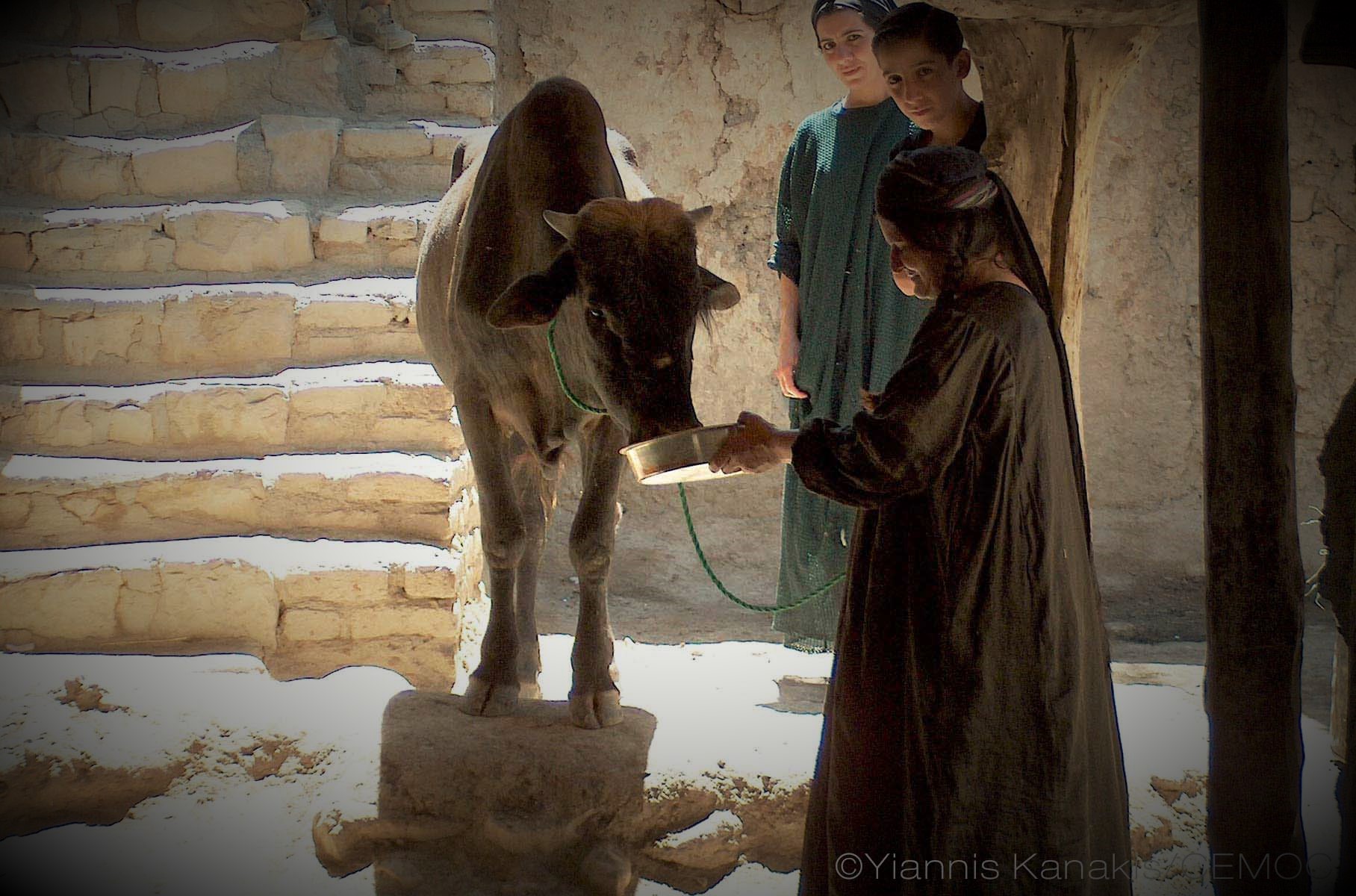Why do cultural products and events (including traditional popular musics, still and moving images, religious hymns etc.) in Athens, Cairo, Beirut, Istanbul or Baghdad appear so closely related? How can this still be the case today, after up to two centuries of competitive approaches to History and to collective identity among East Mediterranean national states promoting mutually antagonistic views on national culture and cultural tradition? Why is it that we can still trace, with relative accuracy, the existence of a space extending from the Adriatic Sea to Iran that produces comparable cultural structures?

The larger East Mediterranean region, as a cultural and political space, remains in our opinion [1] rather obscure, despite the ample academic and political work it has been the subject of. This is due to the limited interest in the vast and dynamic networks of oral popular cultures that have produced, and continue to produce, a vital substratum of thought and structured emotion that exceeds nominal religious, linguistic and national barriers. Exactly these barriers that some of the established sources of academic and intellectual thought tend to reify and take for granted.
Ever since the Hellenistic and, progressively more intensely, the Roman, Byzantine, Arab and Ottoman times, as well as after the gradual creation of the national states, a vast network of markets and (land and maritime) roads has been nourishing, (re-)inventing and organizing dialogues and standards of popular culture. In the course of the last two centuries, the school, the university, the book, the newspaper and the media have often sought to eliminate or homogenize these dialogues and standards to serve specific notions of national identity within the corresponding national states and their official networks.

However, CEMOC [1] believes there still exists a structural East-Mediterranean set of cultural codes serving as a substratum of thought and action.
Popular sound, popular image (still or moving), popular rituals and behavioral patterns, indeed the whole world of East Mediterranean oralities, can be used as entries to this substratum, which we aim to explore, study and reveal, in order to produce our own (potentially counter-hegemonic) readings of current realities, perceptions, arts, religions and history.
CEMOC carries out researches (ethnomusicological, anthropological, ethnographic, socio-economic etc.) on selected topics from the unwritten East Mediterranean popular cultures. It is also putting together a platform of contacts and exchanges on popular creation and popular culture. Our projects aim at producing research and artistic materials. They also aspire to contribute to a new outlook on East Mediterranean cultural geography.
[1] Apart from its founding members (fields: ethnomusicology, geopolitics, music, theatre), other partners include anthropologists, ethnomusicologists, political scientists, artists (music, theatre, visual arts), religiologists, archaeologists, film makers, etc., from Greece, East Mediterranean countries and Western Europe.


